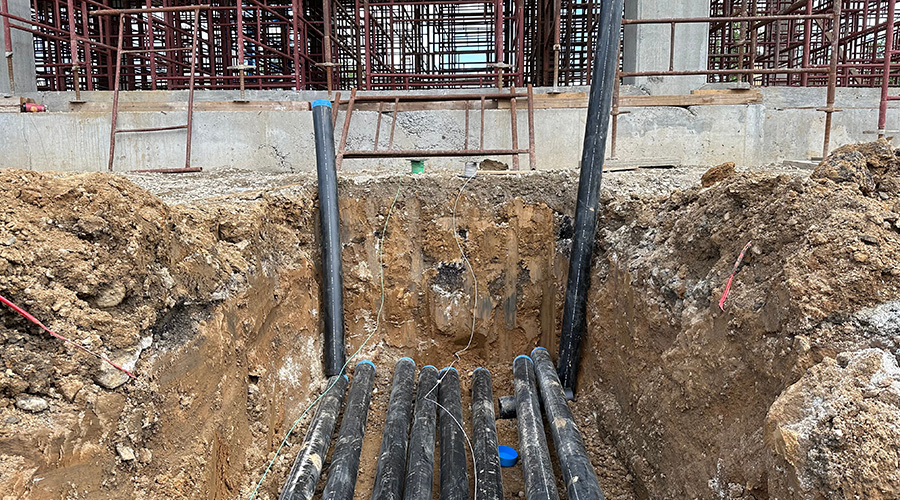
LEED O+M Certification Experiences Rapid Growth
In 2024, LEED O+M certifications grew 79 percents over the baseline year 2019. January 31, 2025
By Greg Zimmerman, senior contributing editor
During 2020 and 2021, sustainability at the office obviously wasn’t a priority for too many facility managers. As a result, LEED Operations + Maintenance (LEED O+M) certifications cratered, falling 28 percent in 2020 and 22 percent in 2021 (compared with a 2019) baseline.
But according to the U.S. Green Building Council, the market has since recovered in dramatic fashion. LEED O+M certifications grew 40 percent in 2022, 52 percent in 2023, and a massive 79 percent in 2024 compared to the 2019 baseline. In 2019, 638 projects comprising 116 million square feet of space were certified. In 2024, those numbers leaped to 1,139 projects comprising 215 million square feet of space.
How did that happen? Conventional wisdom is that with hybrid work, the office has become less important. But the reality is that because of hybrid work, the office must be an inviting and, yes, sustainable place that workers want to come to; that they’re willing to give up the comfort and convenience of their home office to come to in-person work.
A LEED O+M certification shows tenants and occupants that a building is a healthy, high-performance space. Several LEED O+M prerequisites (requirements for any level of certification) mandate ventilation levels and filtration systems, helping ensure a healthy space.
USGBC also attributes the increase in certifications to landlords and building owners prioritizing a low-carbon economy. The organization expects the momentum to continue with the release of LEEDv5 later this year.
Greg Zimmerman is senior contributing editor for FacilitiesNet.com and Building Operating Management magazine.
Next
Read next on FacilitiesNet












